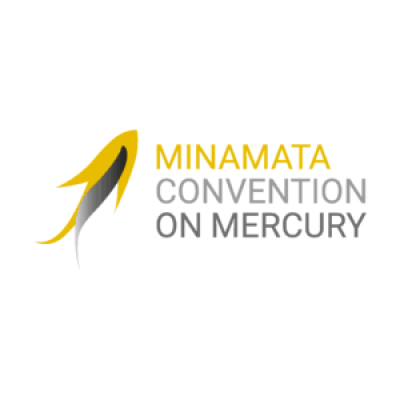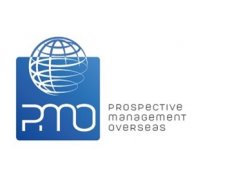
Secretariat of Minamata Convention on Mercury
Details
About
The Minamata Convention draws attention to a global and ubiquitous metal that, while naturally occurring, has broad uses in everyday objects and is released to the atmosphere, soil and water from a variety of sources. Controlling the anthropogenic releases of mercury throughout its lifecycle has been a key factor in shaping the obligations under the Convention.
Major highlights of the Minamata Convention include a ban on new mercury mines, the phase-out of existing ones, the phase-out and phase-down of mercury use in a number of products and processes, control measures on emissions to air and on releases to land and water, and the regulation of the informal sector of artisanal and small-scale gold mining. The Convention also addresses interim storage of mercury and its disposal once it becomes waste, sites contaminated by mercury as well as health issues.
The Convention was agreed at the fifth session of the Intergovernmental Negotiating Committee on mercury in Geneva, Switzerland at 7 a.m. on the morning of Saturday, 19 January 2013 and adopted later that year on 10 October 2013 at a Diplomatic Conference (Conference of Plenipotentiaries), held in Kumamoto, Japan. The Minamata Convention entered into force on 16 August 2017, on the 90th day after the date of deposit of the 50th instrument of ratification, acceptance, approval or accession.
Top partners

Top competitors








